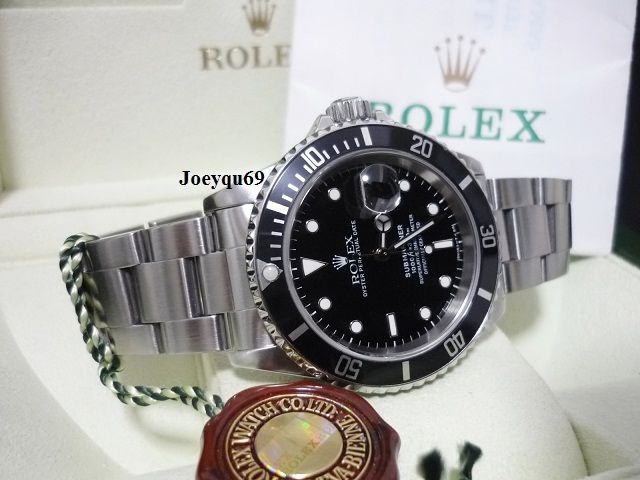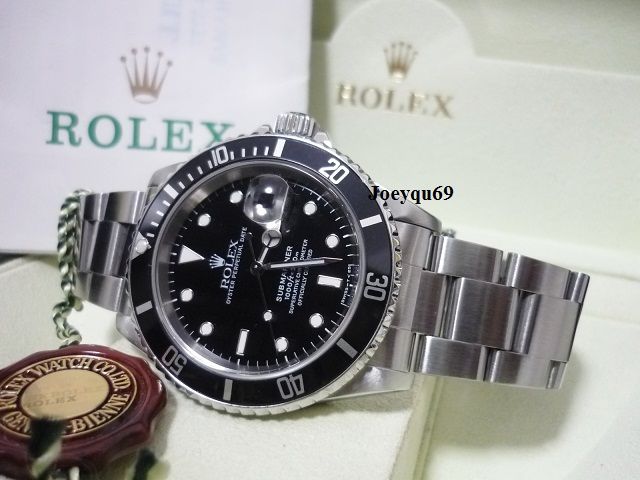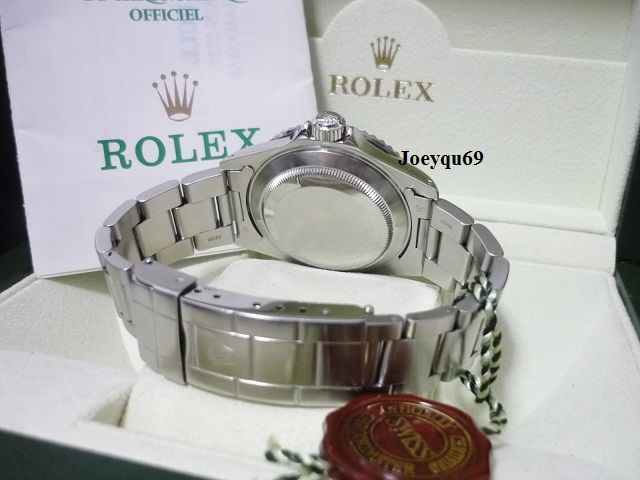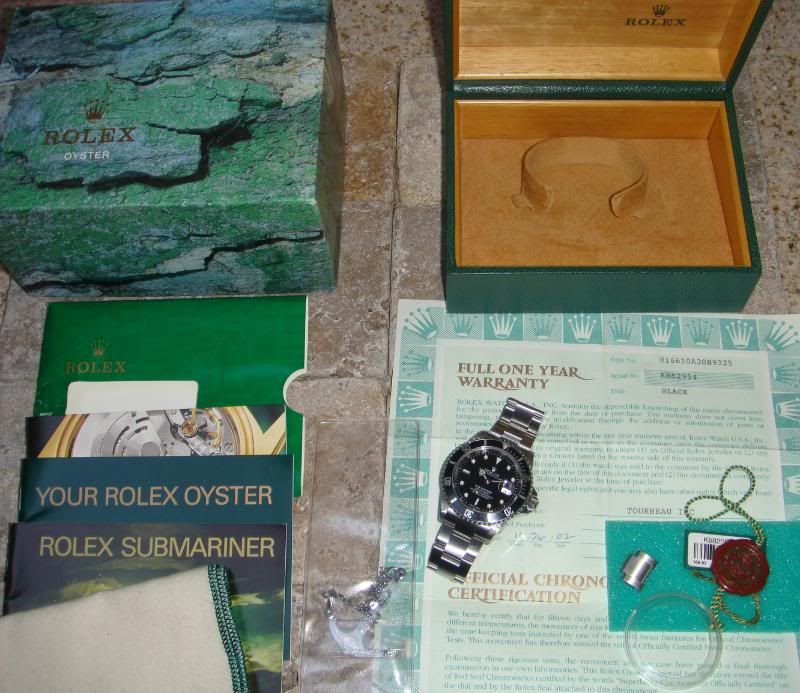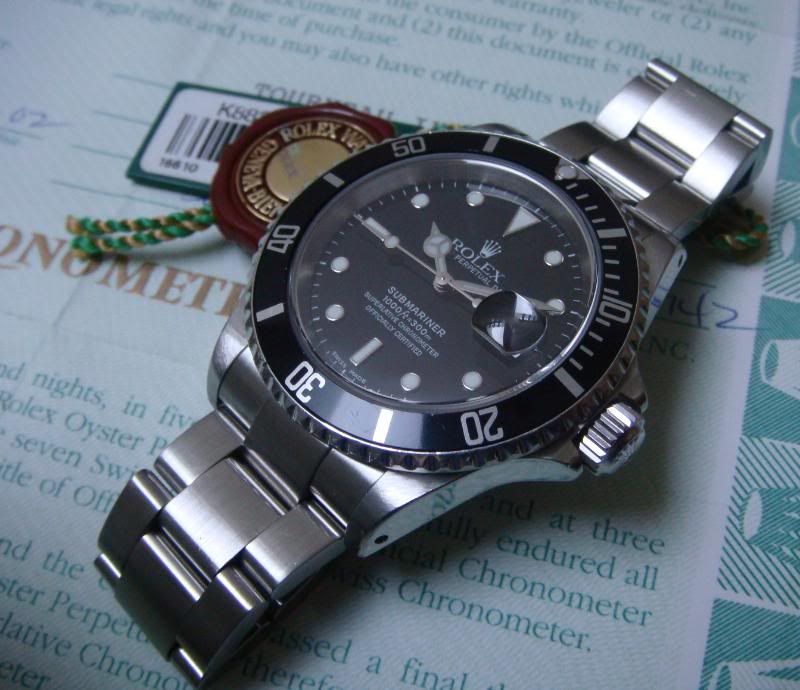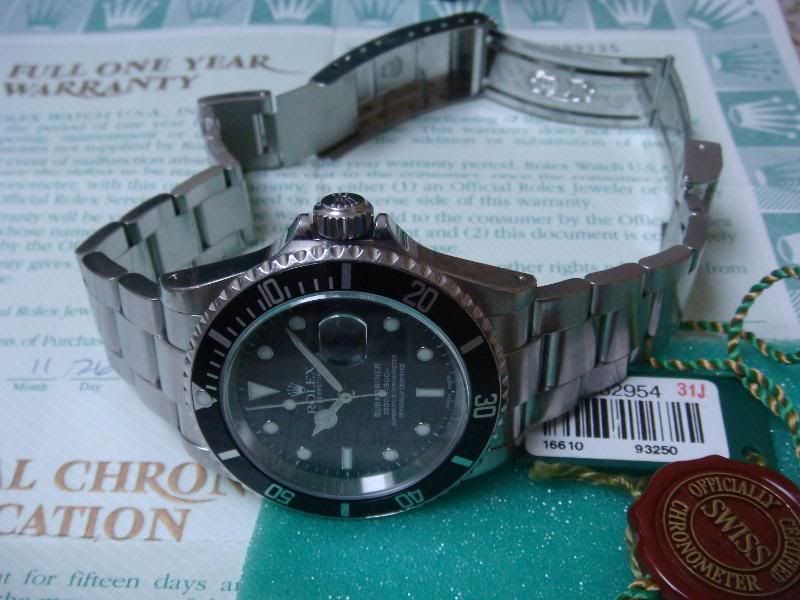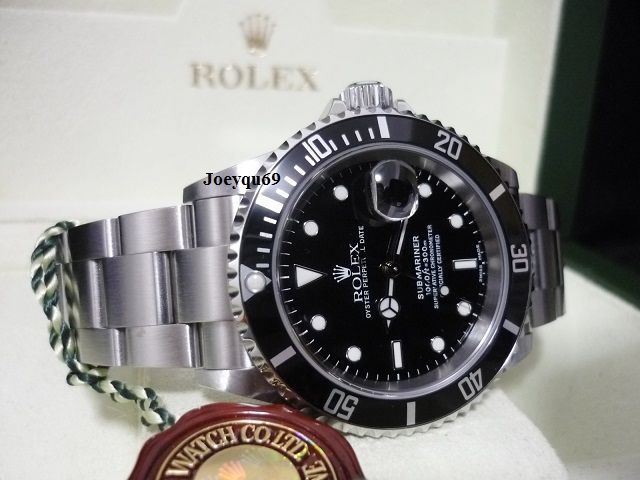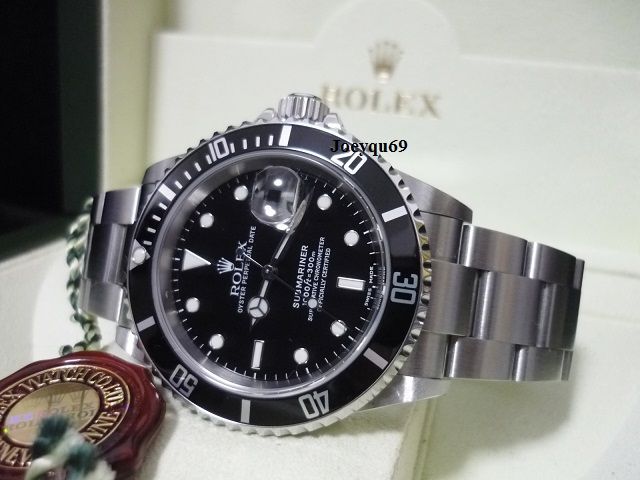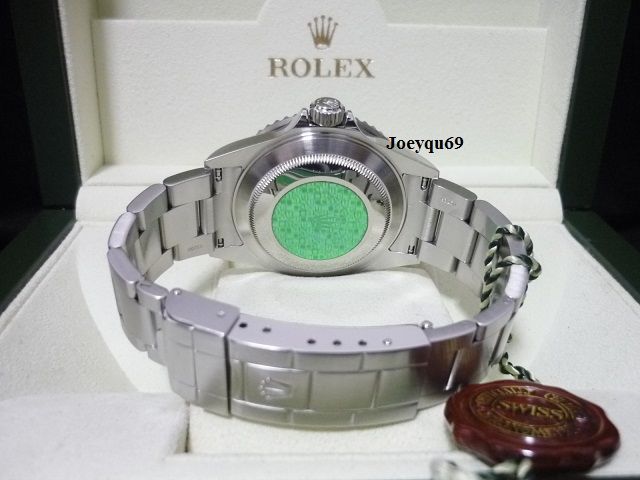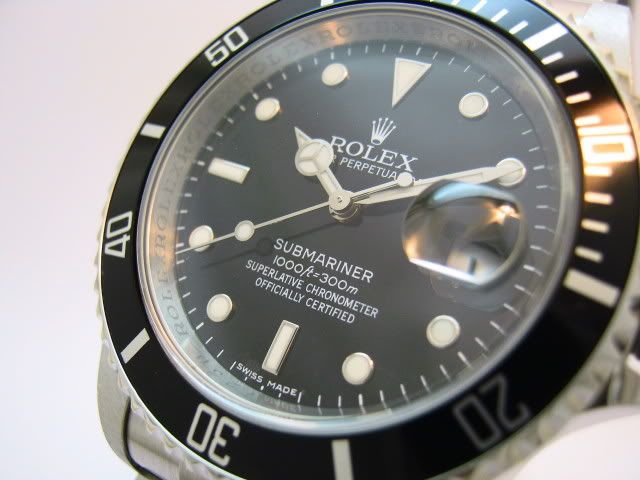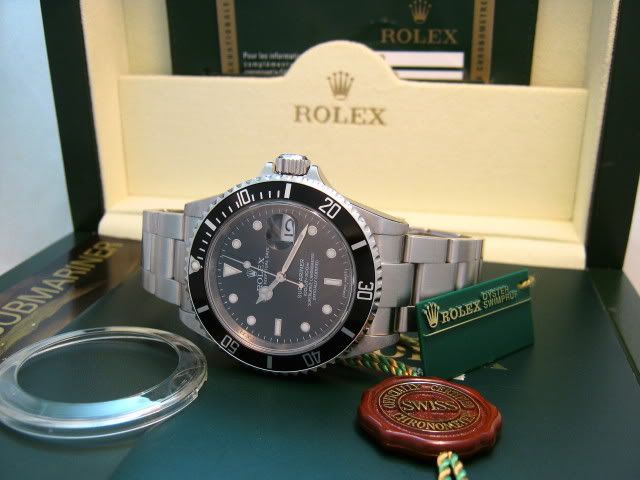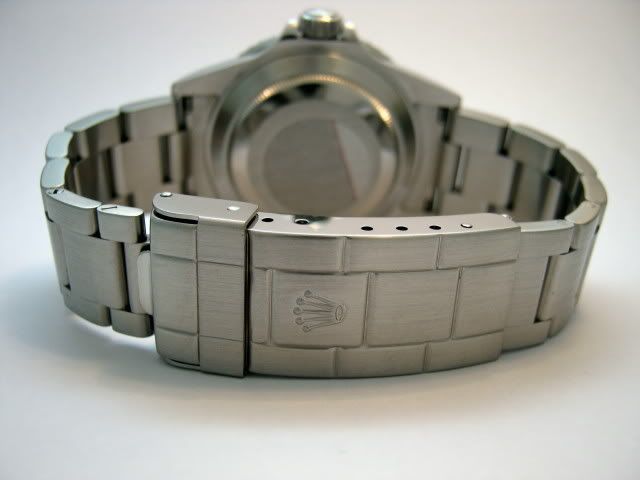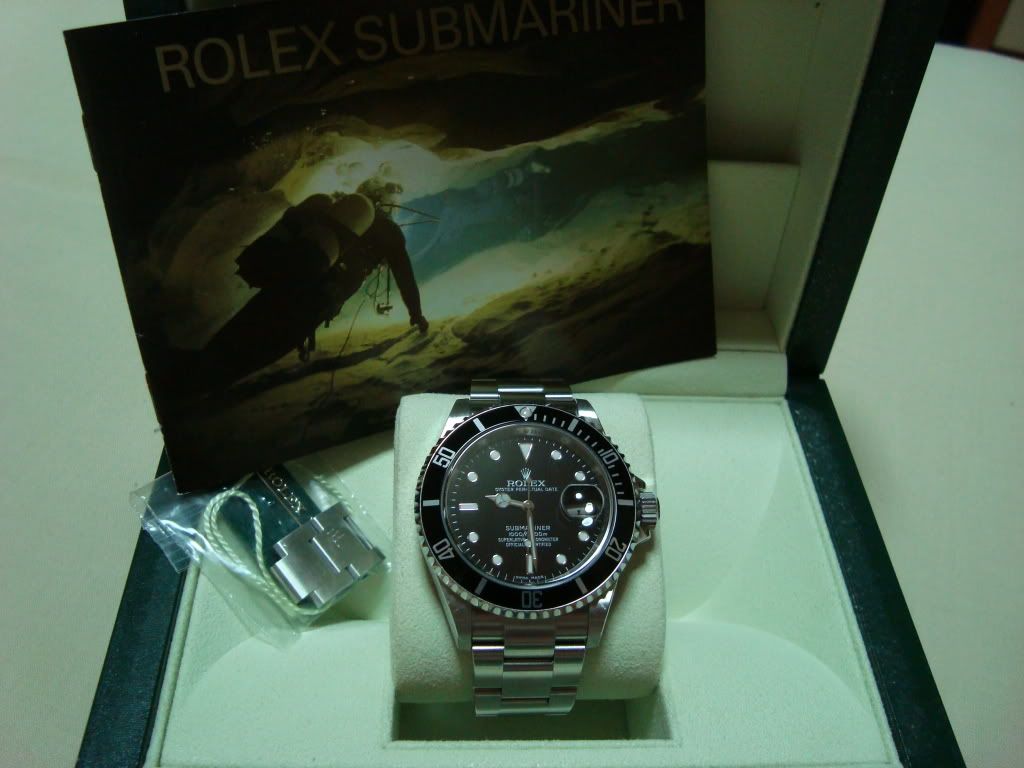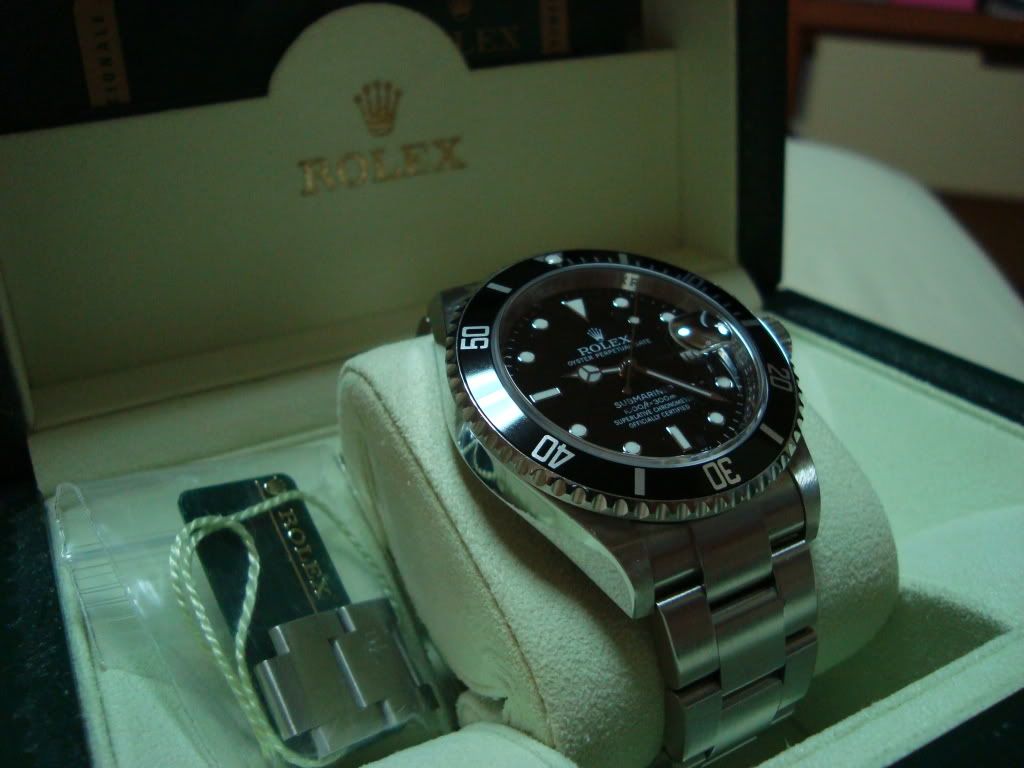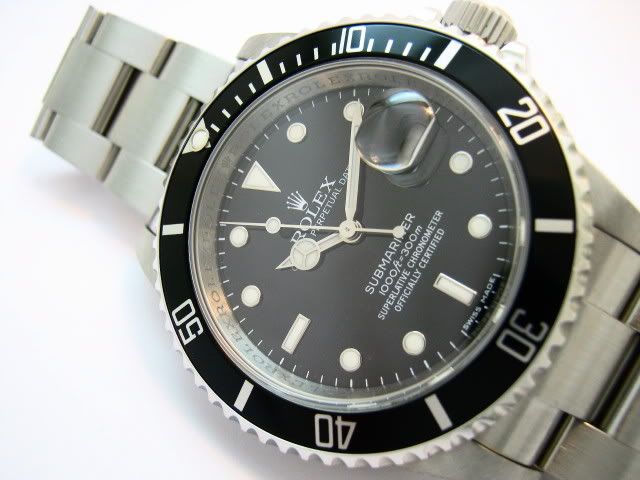The Rolex Submariner Cal. 3135
by Andrew Babanin
Click images below for larger versions
Rolex is a manufacture with old traditions and one hundred years of history. Rolex is always considered a luxury watch, giving assurance to its owner.
I would like to review a quite common model Rolex Submariner (Ref. 16610). The case and the bracelet are made of stainless steel. It is a COSC certified automatic chronometer with central seconds and date indicator. There's a special Triplock screwed down crown with increased water protection.
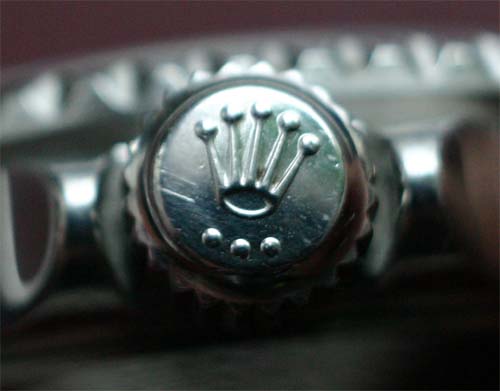
Fig.2 Three dots under the crown mean that it is Triplock system
Many Rolex owners are interested in how to learn whether their watch is genuine without opening the case. The most reliable way is to find reference and serial numbers on the case (concerning Oyster models). Serial and reference numbers are usually stamped on the surface of the case between the lugs (at 6 o'clock and at 12 o'clock correspondingly). In other models, serial and reference numbers are placed on the inside of the case back. According to the serial number, this model was produced between 3/4 1997 and 1999.
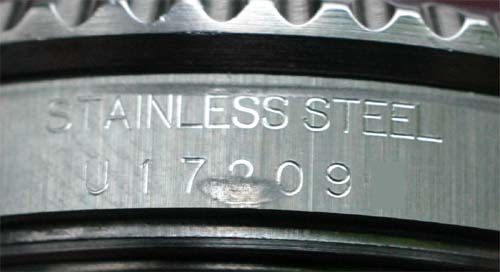
Fig.3 Serial number between the lugs at the 6 o'clock position
Inside the watch there's a well known Cal. 3135. Its features: 28.50 mm in diameter, 6.00 mm - height, frequency 28.800 vph. The movement is based on 31 jewels. The calendar is instantaneous. The balance wheel is made of glucydur.
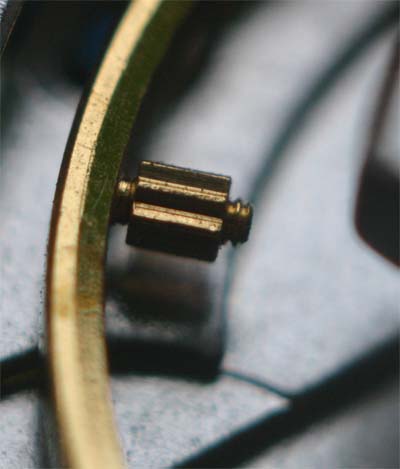
Fig.4 Microstella system for rate adjustment
On the balance there are two pairs of adjusting nuts known as the Microstella system. Rolex uses a Breguet overcoil for better isochronism. Special screw-nuts are used for adjusting balance end-shake. For shock protection Rolex uses a KIF system.
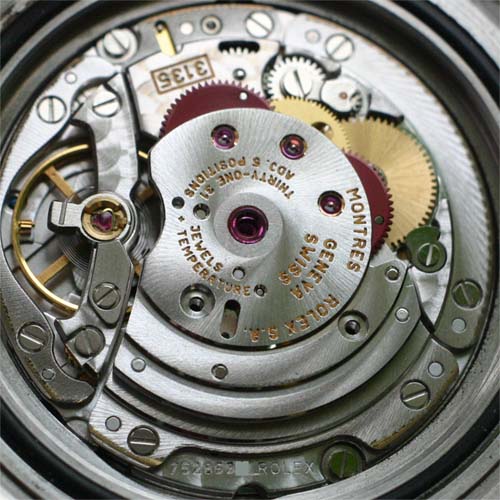
Fig.5 Dismounted oscillating weight
The movement is adjusted for five positions and temperature. The visible parts of the bridges are finished with a colimaconnage pattern. On the rotor there are special slots (see Fig.15) - these are a traditional Rolex design.
The surfaces of Bridges are rhodium plated, edges are beveled. The screws are finished to a high level (the surface and the walls are polished, edges including the slot are chamfered).
Almost all parts are made by Rolex (excluding the hairspring which is made by Nivarox). I know that Rolex specialists are going to produce hairsprings themselves. Recently you could find the Zenith chrono movement in Daytona watches. Now it has been replaced with a Rolex caliber.
I would say that Rolex's tendency to be independent has good and bad sides. On one hand, independence in business is good, but on the other hand it makes manufacturing less flexible. There are too many costs associated with producing a new caliber, and replacing an old caliber with a new one has to be justified economically. That's why Rolex sometimes uses older conceptions and decisions in its movements.
This watch has been well worn for about 7 years without any service. When I checked it, I noticed a strange noise inside the watch. The winding weight (rotor) touched bridges and the case back while rotating. I hoped that perhaps the automatic winding module was not screwed in properly. But after one look at the movement it was clear that the problem is in the oscillating weight axle. The movement was full of red dust - a product of wear. I've checked the rotor axle jewel - it was dirty but not damaged. As for the axle - it was worn enough to allow the rotor to touch movement parts.
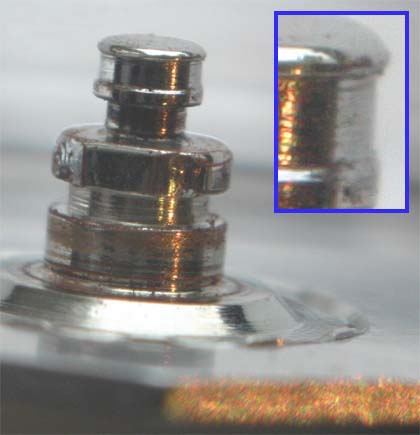
Fig.6 Worn axle covered with the red dust
Unfortunately, Rolex still does not use ball bearings in its top calibers. Instead, there is a plain sleeve bearing, and proper oiling is critical. When the lubricant evaporates or migrates, the metal axle experiences wear against the jewel. In Fig. 6 above you can notice a rut left by the jewel. If Rolex specialists had designed an automatic device based on ball bearings (like in most modern automatic devices) - the watch would be more reliable.
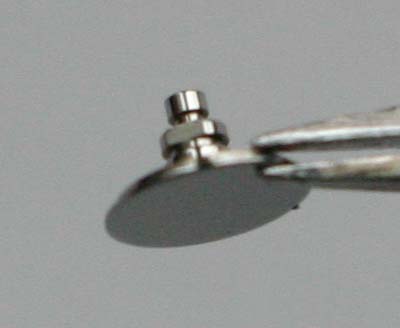
Fig. 7 A new axle
Replacing the axle solved the problem. The oscillating weight began rotating smoothly. Endshake was less than 0.04 mm so I didn't replace the spring-clip.
The automatic module is dismounted. All parts fit perfectly. I would like you to notice that the quality of all parts is very good. There are no problems with servicing this caliber. It fortified my opinion that good manufacturers think not only about factory assembly, but also about ease of periodic servicing. Rolex technical information is well done and easy to understand.
Pay attention to the balance bridge. It is placed on two supports, which provides better stability. The bridges and the plate are finished with circular graining. This is not only for decorative purposes but also for better dust protection.
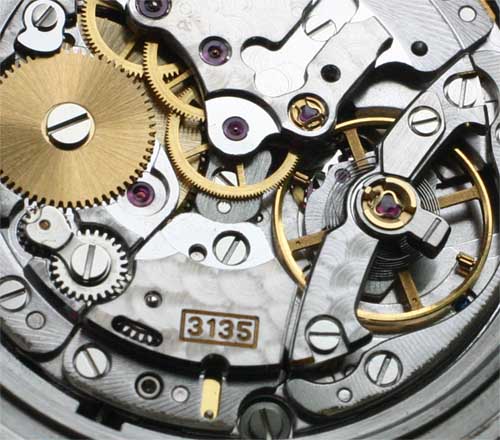
Fig.8 Dismounted automatic device
After inspecting the pallet fork, it was clear why the watch had stopped. Note that the escape wheel teeth and palettes are very dirty. This prevents the movement from working properly. The main plate is also dirty.
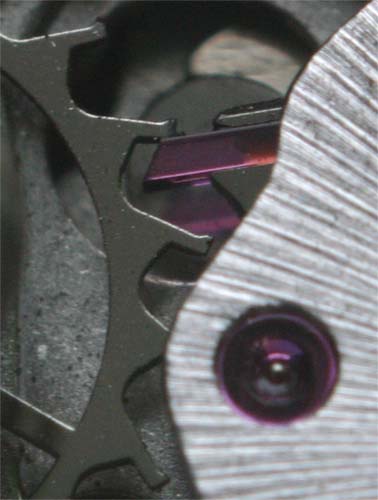
Fig.9 Escape wheel teeth and palettes are very dirty
Let's look at the automatic winding module. The automatic system is perfect. It is bi-directional, in the style of ETA/Eterna. The two red colored wheels appear to be fabricated from a light alloy, and are coated with PTFE ("Teflon") for lubrication of the outer teeth and inner clicks. The red wheels are the calling card of Rolex. Unlike ETA's reversing wheels, Rolex's are dismountable for better servicing. They are easier to clean and oil (only pivots should be oiled). That's why they are more durable than ETA's. In Fig.10 below I disassembled the first wheel. There are four clicks on two swinging levers.
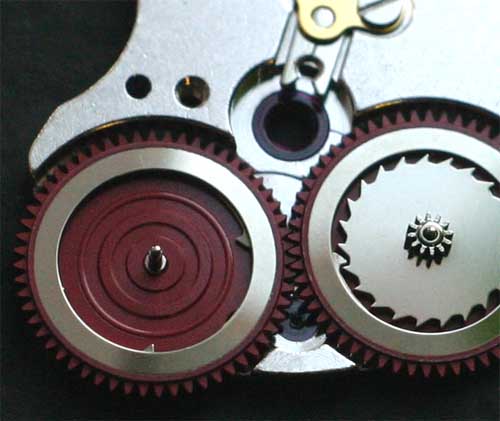
Fig.10 Famous red wheels from Rolex
As seen below, all bridges are removed. The wheel train system is traditional for a movement with central seconds. Because it uses fewer wheels, this system is very robust and reliable, however the construction requirements are tougher. In other systems where central seconds are made as a pinion added to the train wheel, the automatic winding module can be placed to one side, making the movement thinner. Rolex's construction does not allow this trick, so the automatic winding device is placed above the wheel train. The movement ends up being 6 mm high - quite thick for a modern movement.
In Fig. 11 below you can notice a gold lever (yellow arrow). It is a stop device and it keeps the balance rim from moving when you pull out the crown. Two regulating nuts for balance bridge (marked with blue arrows) are made for balance endshake adjustment. 1/8 of a turn makes about 0.01 mm.
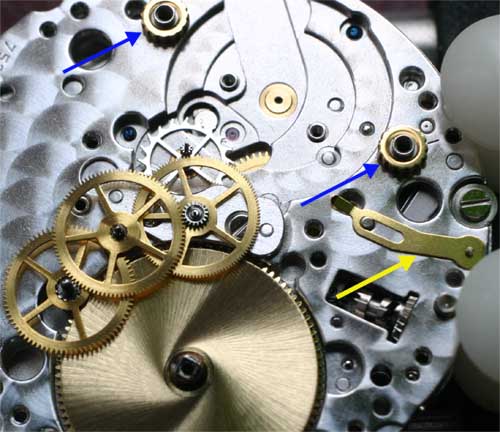
Fig.11 The bridges are dismounted. The blue arrows are point out the regulating nuts for balance endshake adjustment. This is very useful
Traditionally in high quality watches, the calendar bridge, hidden under the dial, is finished in perlage style. To reduce friction, the calendar ring is mounted on 3 jewels. They are not shown in the picture. You can also notice one more jewel in Fig.12 below. According to international requirements, watch jewels can be functional, not functional and decorative. According to these requirements, manufacturers can claim only the quantity of functional jewels. I would hardly believe that these 4 jewels are of the utmost necessity... it's a Rolex thing.
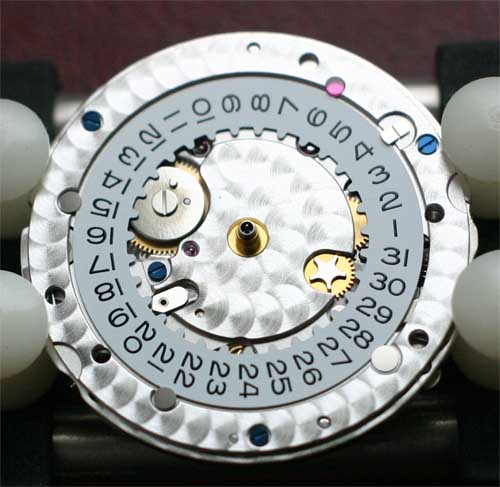
Fig. 12 Dial side view
In the Fig. 13 below you can see the instantaneous date changing mechanism. There is a steel part of complex shape (2) mounted on the date wheel (1). It can move at a certain small angle, set by the slot. The jewel roller (5) moves on the surface of the steel part (2). The lever (3) with roller is pressed against the steel part (2) with a strong spring (4). At approximately 12 p.m. the jewel roller reaches the indentation or dip in the steel part (2). Under the pressure of the spring, the roller moves to the center of the date wheel (1) and moves the steel part at an angle sufficient to catch the tooth of the date wheel and move it on one step. In the Fig. 13 the date wheel (1) is in the position immediately after date changing.
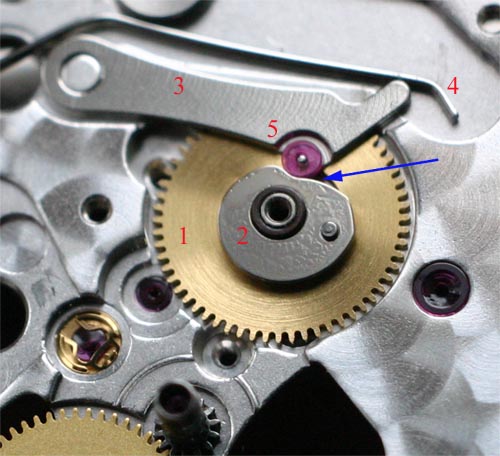
Fig. 13 Instantaneous date changing device
There are 31 jewels are used in this movement, but as shown below, instead of a central jewel there is a bronze bushing. I guess that this construction is more reliable than a jewel during shocks. Anyway it is easy to replace the bushing, so it is no disadvantage but rather a feature of this caliber.
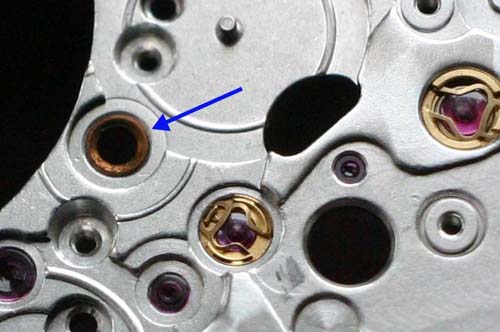
Fig.14 It is strange, but there is a bronze bushing instead of central jewel
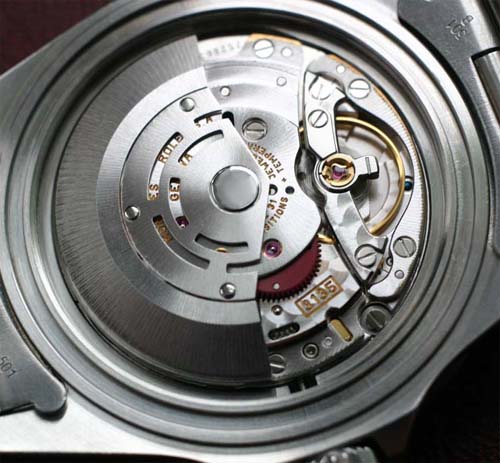
Fig.15 The watch is repaired, but the track of the rotor on the bridges is visible and spoils the impression created by the movement
After cleaning the movement and oiling according to Rolex recommendations, amplitude increased to a normal 270 degrees.
The early wear is the result of 7 years of use with no service. Unfortunately, many watch owners bypass the advice of the manufacturer to oil and clean the watch periodically. Mechanical watches should be cleaned and oiled every 2-3 years. You will rarely find a watch with no problem after even 5 years without servicing.
The first indications that your watch should be inspected are reduced accuracy and a smaller power reserve. Even if you feel that everything is all right, remember that oil is not eternal - it dissipates over time and parts work dry. The products of wear such as metal dust can affect other parts and spoil their lubrication. It is clear that periodic cleaning and oiling are cheaper than replacing expensive parts
